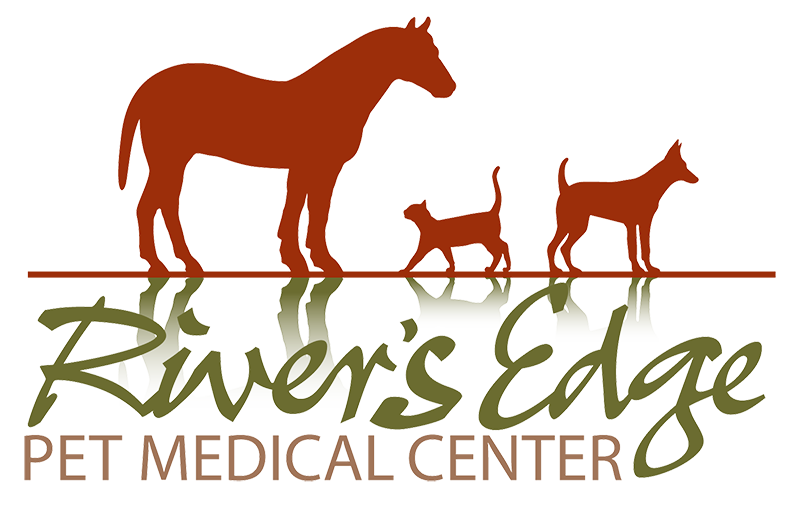Pet Cold Laser Therapy
At River’s Edge Pet Medical Center offers comprehensive pet cold laser therapy in Albany, OR. This non-invasive treatment helps reduce pain and inflammation, promoting faster healing for various conditions.
Pet Cold Laser Therapy in Albany, OR
Our experienced veterinary team uses advanced equipment to provide effective relief for your pets. Regular applications of our pet cold laser therapy can help promote faster healing and improved comfort for your companions, all without medication or invasive procedures.
What is Pet Cold Laser Therapy?
Cold laser therapy, also known as low-level laser therapy (LLLT), uses specific wavelengths of light to penetrate deep into tissues. This stimulates cellular activity, enhances blood circulation, and accelerates the healing process. It’s a safe and pain-free option for pets with chronic pain, inflammation, or recovering from surgery.
Benefits of Pet Cold Laser Therapy
At River’s Edge Pet Medical Center, we have seen remarkable improvements in our patient’s health and comfort through cold laser therapy. Here are some of the key benefits:
- Pain Relief: Reduces pain from arthritis, injuries, and post-surgical recovery.
- Inflammation Reduction: Alleviates swelling and promotes faster healing.
- Improved Mobility: Enhances joint flexibility and overall mobility.
Conditions Treated with Cold Laser Therapy
Pet cold laser therapy in Albany, OR, is versatile and can be used to treat a wide range of conditions, including:
- Arthritis and Joint Pain: Provides relief for pets suffering from chronic joint pain and stiffness.
- Soft Tissue Injuries: Accelerates healing of sprains, strains, and muscle injuries.
- Post-Surgical Recovery: Enhances the healing process and reduces post-operative pain and inflammation.
- Skin Conditions: Promotes faster healing of wounds, ulcers, and dermatological issues.
- Ear Infections: Reduces inflammation and discomfort associated with chronic ear infections.
What to Expect During a Session
During a pet cold laser therapy session at River’s Edge Pet Medical Center, your pet will be comfortably positioned while the veterinarian applies the laser to the affected area. Most pets find the treatment relaxing and may even fall asleep. The number of sessions needed depends on the condition being treated and your pet’s response to therapy.
Why Choose River’s Edge Pet Medical Center?
Choosing River’s Edge Pet Medical Center for pet cold laser therapy in Albany, OR, ensures that your pet receives compassionate and professional care. Our team is dedicated to improving your pet’s quality of life through effective, non-invasive treatments. We take the time to understand each pet’s unique needs and develop personalized treatment plans to achieve the best outcomes.

